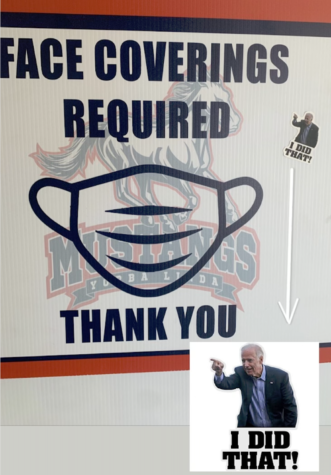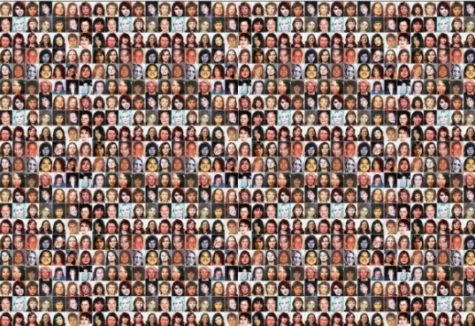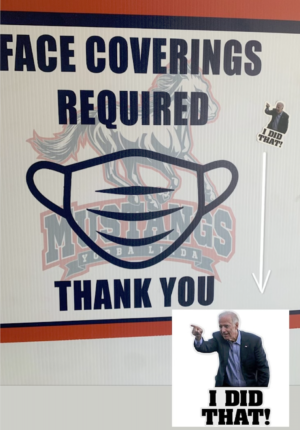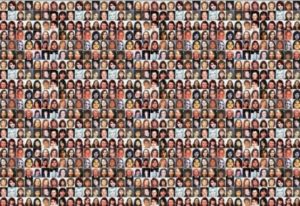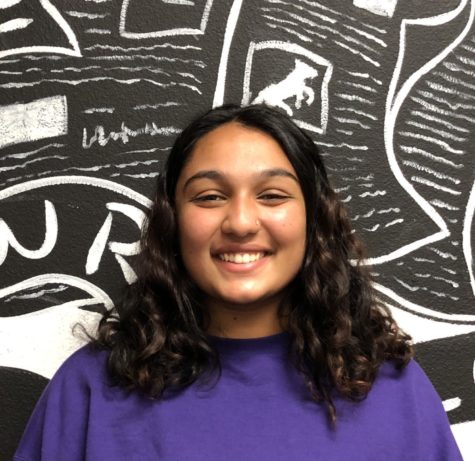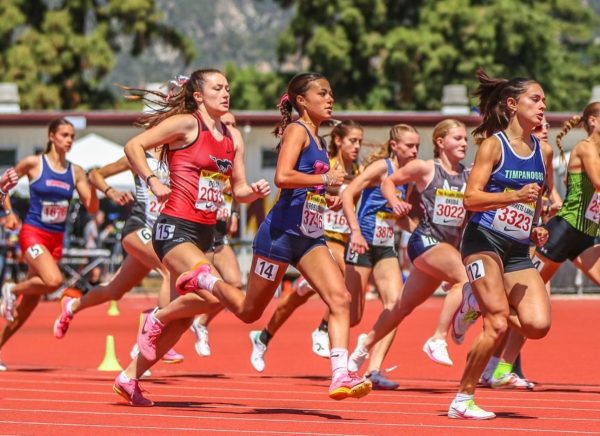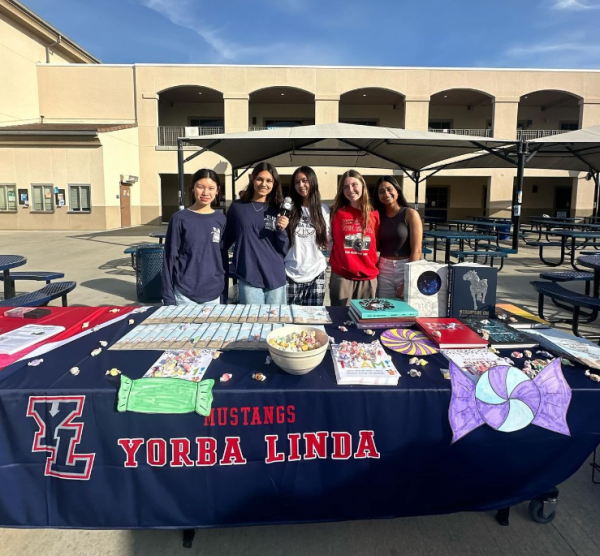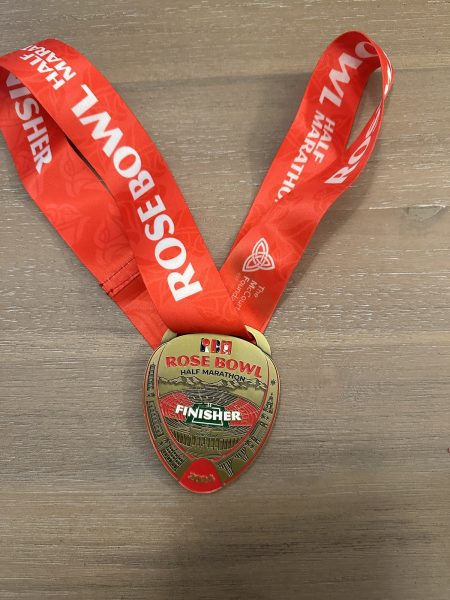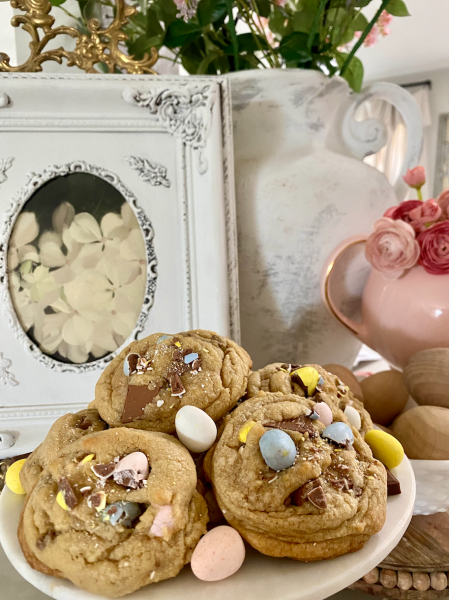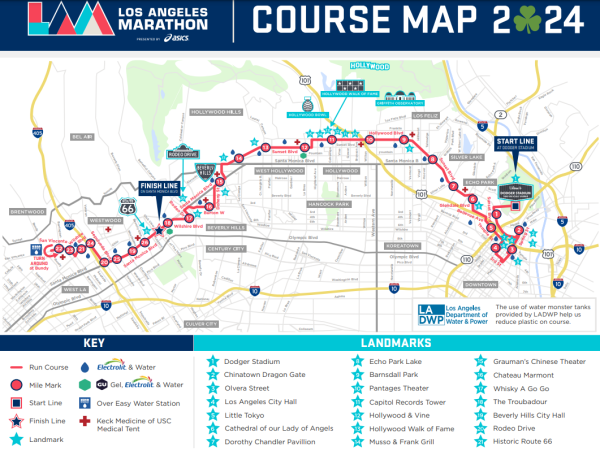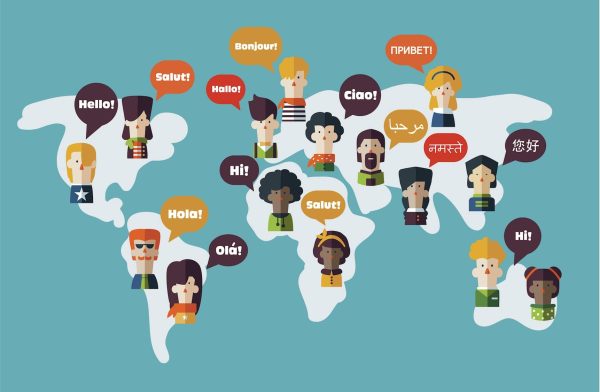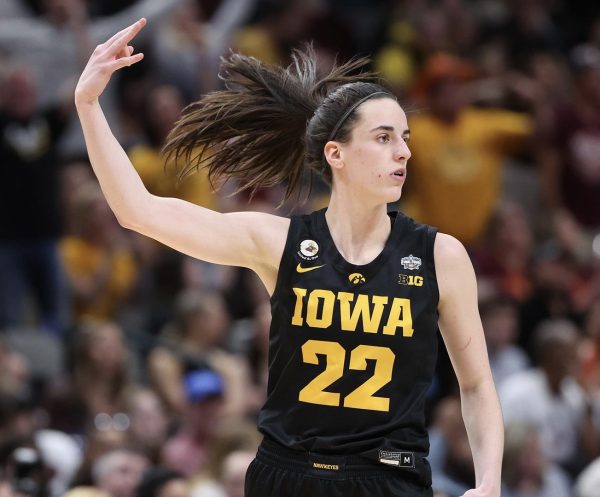LGBTQ+ Identities Within Indigenous Culture

An image from a group meeting of two-spirit people from different Native American societies.
October 26, 2021
As we look into Native American Heritage month, as well as the end of LGBTQ+ history month, it is important to recognize that there is a large amount of people within both communities.
Most Native nations have had specific vocabulary that describes gender identities beyond male and female. Tribes or Indigenous communities have different opinions and responses to gender progression. In certain communities, in fact, there are stories of individuals that were openly LGBTQ. They were known for their accomplishments and contributions to Native societies; however, it was not ignored that they were a part of LGBTQ. It is quite normalized throughout Native American history for those to be accepted as equal.
The term “two spirit” (niizh manidoowag) was a commonly said piece of vocabulary that was adopted into colonizer language around 1990. It is a term that first appeared to the general public durig the inter-tribal Native American Conference, meaning anyone who we would consider lesbian, gay, bisexual, transgender, gender-fluid, or queer. The National Congress of American Indians (NCAI) also gives the words winkte/winkta, bade, mixogen, and others are words from specific Native dialects that were used to describe those other than cishet (those who are the gender of te sex they were born with and are heterosexual) people (Smithsonian).
In an interview that Smithsonian Magazine conducted with various Native American tribal members, it was clear to see the different responses and perspectives.
The Nipmuc tribe member says that “colonial genocide in the East Coast… [has caused] much of this history… quickly hidden, forbidden to talk about”. They go on to talk about how the extreme CHristianity forced into this tribe was the reason for this. Before those events, however, people who had same-sex relationships were revered due to “a dualistic connected with land and spirit”.
The Crow group talks about the story of Osc-Tisch. Osc-Tisch was known for his bravery as a Crow bade (Two Spirit), a group who spent time amongst themselves, called each other “sister”, and dressed in womens clothing even when other Indians protested against this.
The Kiowa member says they were considered “A onya daw” or :different from the rest of us”. “They were sort of like outcasts… they had to live in the far outer parts of the camp and not with the rest of the people.” They went on to talk about how if they could hide it or what we consider “staying in the closet” they would be accepted as regular people.
While there are amounts of discrimination and obstacles for Two Spirits, many feel comfortable to blend within society as how they are. In fact, the NCAI lists 24 tribes to recognize same-sex marriage within law. In many Native nations and tribes, LGBTQ members serve traditional roles in ceremonial life. It is celebrated within these tribes with pride festivals, powwows, conferences and national awareness events (ihs.gov). Many Native societies are continuing to view LGBTQ as a progressive movement towards full acceptance and assimilation. The idea is complex, due to the diverse nature of Native American societies, but the ideals that those societies present in support of the movement should be taken into consideration within all different societies to provide for the normalization of LGBTQ within the world.


